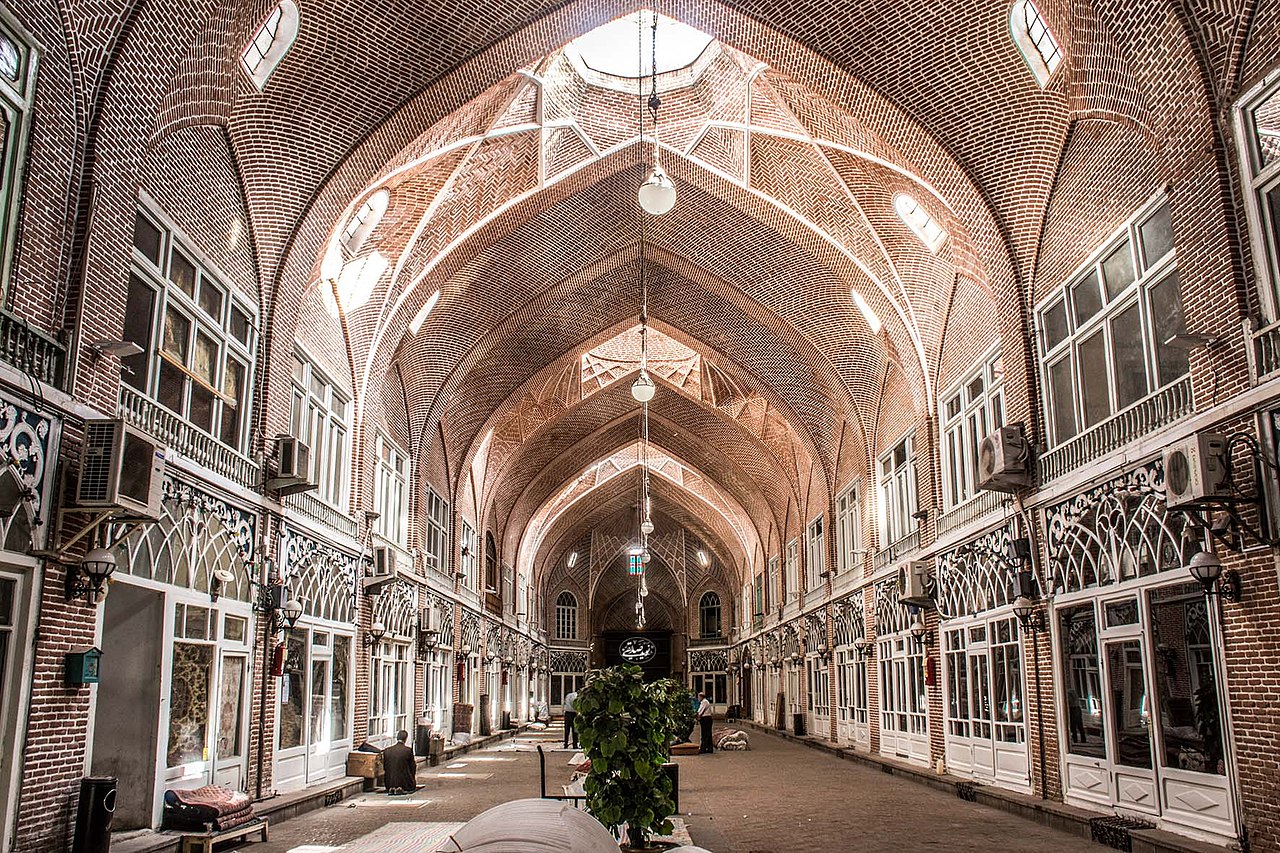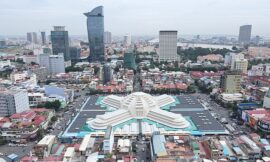Tabriz, a city of rich history and cultural significance, stands proudly in the northwestern part of Iran, at the foothills of the imposing Mount Sahand. As the capital of East Azerbaijan Province, Tabriz has played a pivotal role in shaping the country’s political, economic, and cultural landscape throughout the ages. From its historical bazaars and architectural marvels to its diverse population and strategic importance, Tabriz remains a vibrant hub that echoes the echoes of centuries gone by.

One of the most iconic landmarks in Tabriz is the Tabriz Historic Bazaar Complex, a UNESCO World Heritage site and one of the oldest bazaars in the Middle East. The bazaar has been a bustling center of trade and commerce for centuries, reflecting the city’s strategic location on the Silk Road. With its labyrinthine alleys, domed chambers, and intricate tilework, the Tabriz Bazaar is not only a marketplace but also a living museum that encapsulates the history of the region.
The Arg of Tabriz, or Tabriz Historic Fortress, is another emblematic structure that dominates the city’s skyline. Dating back to the pre-Islamic era, the Arg has served various purposes throughout history, including as a royal residence and military stronghold. Its architectural evolution over the centuries mirrors the shifting dynamics of power and governance in the region.
Tabriz has a unique architectural identity, characterized by its historic mosques and churches. The Blue Mosque, also known as Kabud Mosque, is a stunning example of Iranian Islamic architecture. With its intricate tilework and towering minarets, the Blue Mosque stands as a testament to the artistic achievements of the Safavid dynasty. Another notable religious site is the Saint Mary Church, an Armenian church that dates back to the 14th century, representing the city’s religious diversity.
The city’s cultural significance is further enhanced by the Tabriz Carpet Bazaar, where skilled artisans weave intricate Persian carpets that are renowned worldwide for their quality and craftsmanship. The art of carpet weaving has been passed down through generations, and a visit to the Tabriz Carpet Bazaar offers a glimpse into this time-honored tradition.
In addition to its historical and cultural heritage, Tabriz has been a center of political importance. The city served as the capital of the Safavid dynasty in the 16th century, and its geopolitical position has made it a focal point for trade and diplomacy. The historic Saat Square, surrounded by government buildings and historic clock towers, stands as a symbol of Tabriz’s administrative importance.
Tabriz has also been a center for education and intellectual pursuits. The city is home to the University of Tabriz, a leading institution of higher learning in Iran. The university’s academic excellence contributes to Tabriz’s reputation as a center for knowledge and innovation.
Furthermore, Tabriz has embraced modernity while preserving its historical roots. The El-Gölü Park, a picturesque garden surrounding a large artificial lake, provides a serene escape for residents and visitors alike. The juxtaposition of modern urban development with ancient landmarks creates a dynamic cityscape that mirrors the city’s ability to evolve while honoring its past.
In conclusion, Tabriz stands as a living tapestry woven with threads of history, culture, and resilience. Its historic bazaar, architectural landmarks, and diverse population showcase the city’s enduring spirit. Tabriz is not merely a city; it is a testament to Iran’s multifaceted identity, where the past and present coalesce in a vibrant celebration of heritage and progress.



